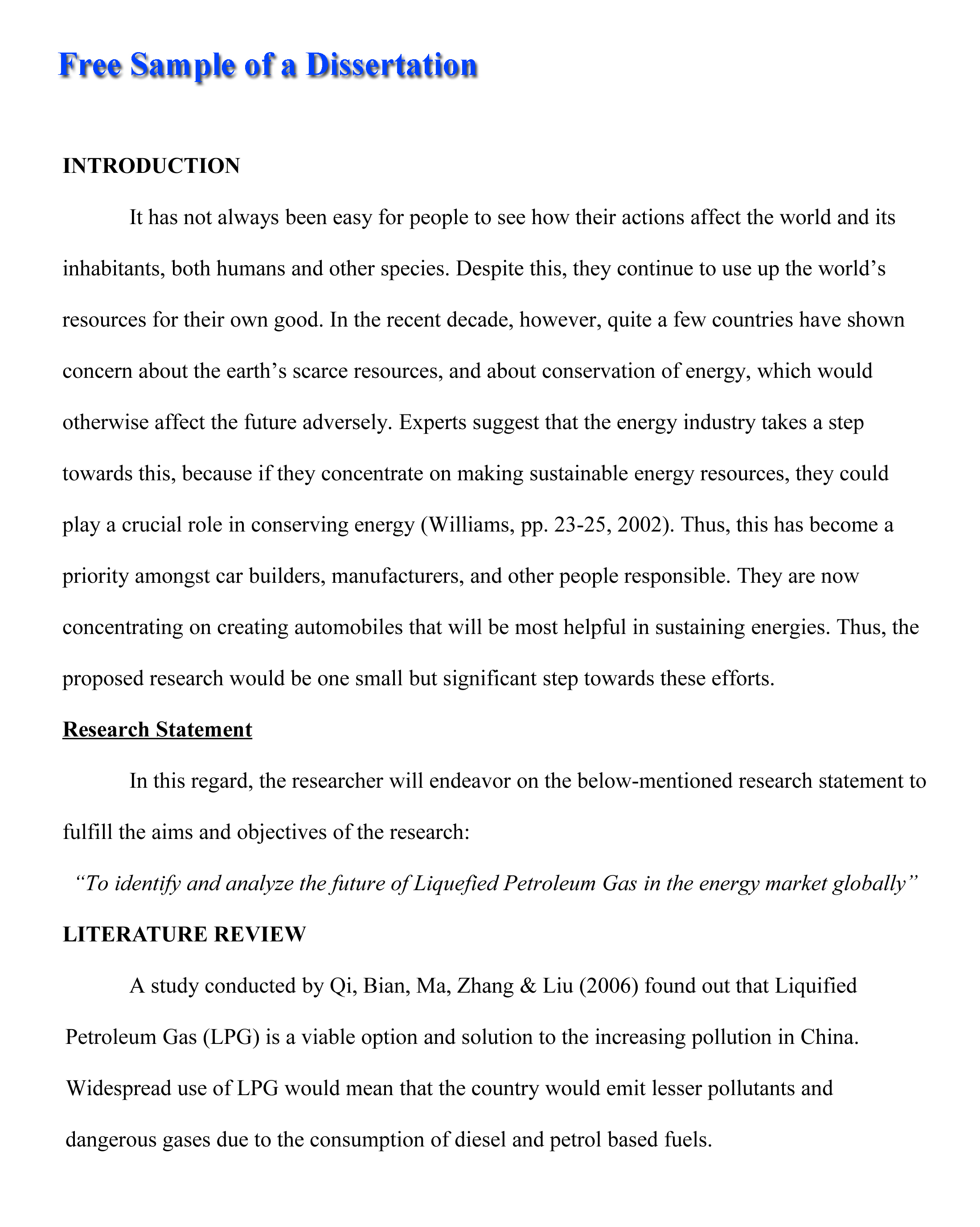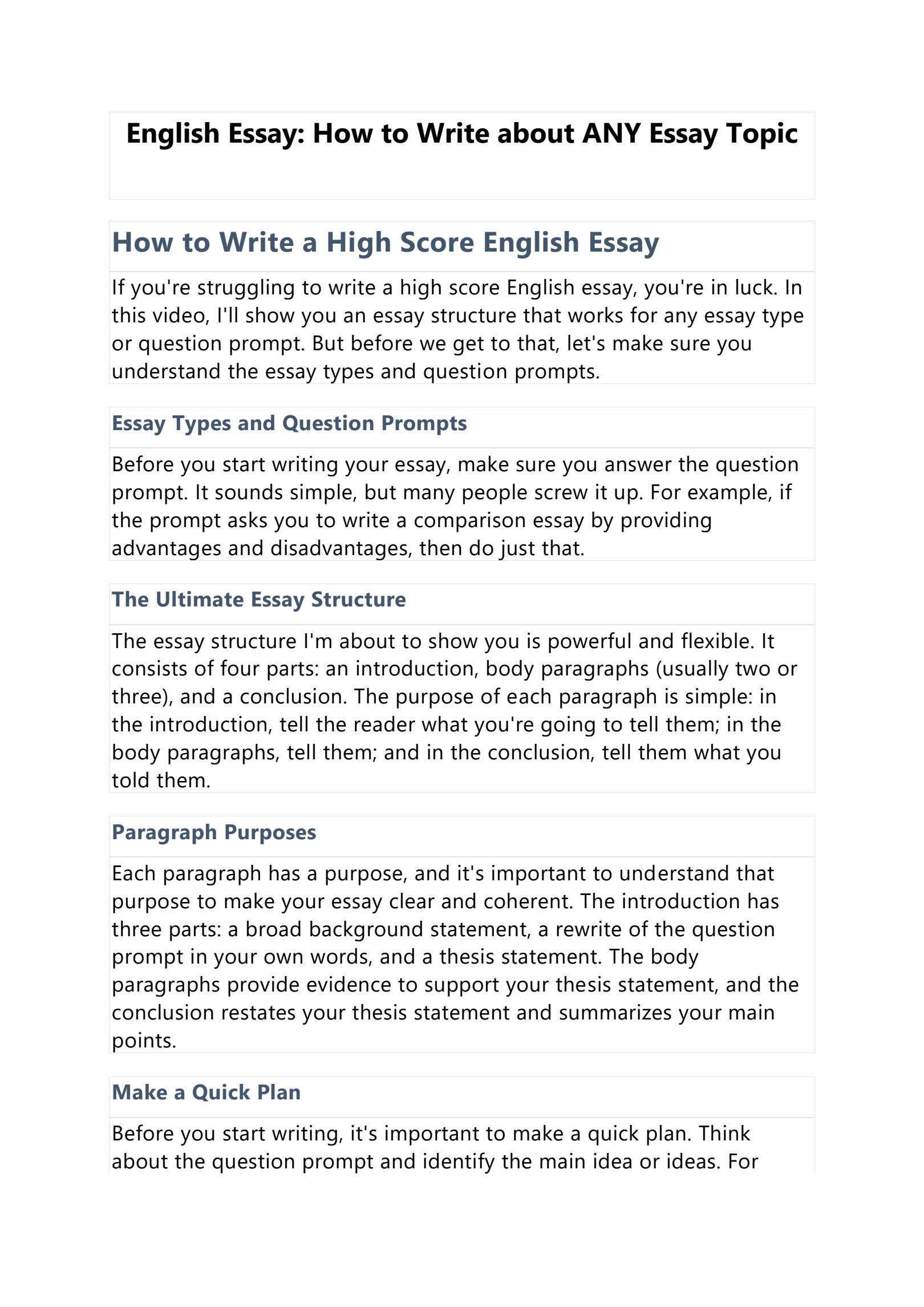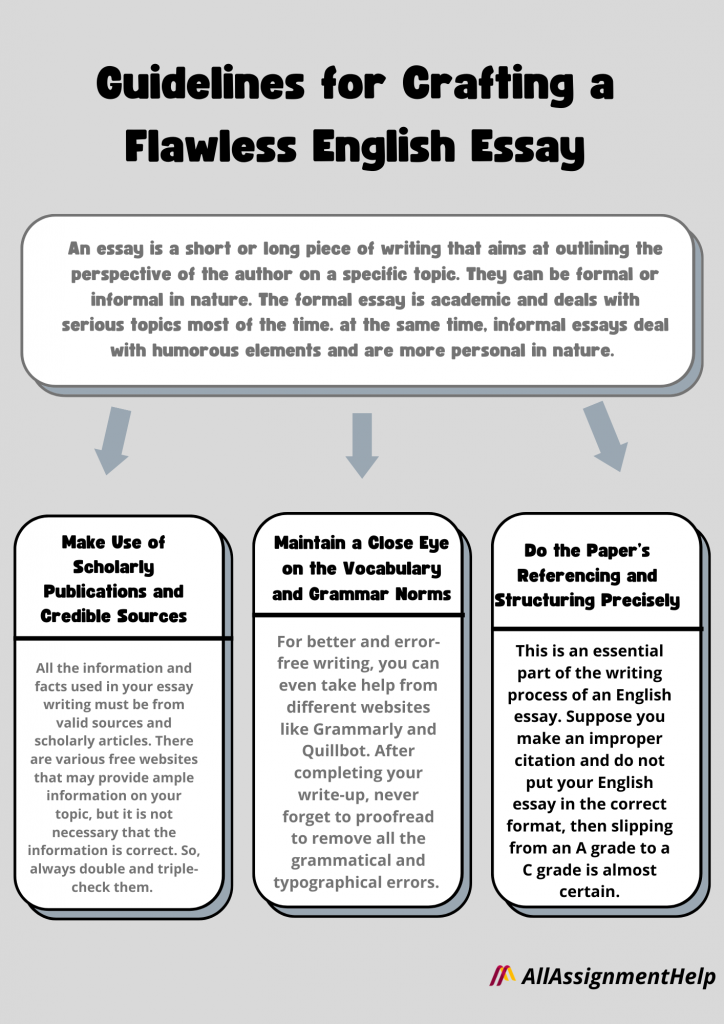Mastering the Art of Essay and Dissertation Writing: Tips and Examples
Mastering Essay and Dissertation Writing: Tips and Real-Life Examples
Hey there!
Let’s be real: writing essays and dissertations can feel overwhelming.
You might be wondering, “How do I even start?”
Or maybe you’re thinking, “What if I can’t meet my professor’s expectations?”
Don’t worry. You’re not alone in this.
With the right approach, you can tackle academic writing like a pro.
I’m here to share some straightforward tips and examples that will make your essay and dissertation writing journey smoother.
The Basics of Academic Writing
Before we jump into the nitty-gritty, let’s talk about what makes academic writing unique.
It’s all about:
- Formal tone: You want to sound professional.
- Structure: Your ideas need to flow logically.
- Critical thinking: You have to dig deep and make connections.
- Research: Solid evidence backs up your arguments.
Why Structure Matters
A well-structured piece is your best friend.
Here’s a simple layout to keep you on track:
- Introduction:
- Grab attention.
- State your thesis.
- Outline your main points.
- Body:
- Break it down into paragraphs.
- Each paragraph should focus on one idea.
- Conclusion:
- Recap your findings.
- Discuss what they mean.

Tips for Writing a First-Class Essay
1. Know the Marking Criteria
Before you start, check the marking criteria.
What are they looking for?
This knowledge helps you tailor your writing to meet expectations.
2. Pick the Right Topic
Choose a topic that:
- Interests you.
- Has enough research material available.
Avoid broad topics that can lead you off track.
3. Do Your Research
Research is crucial.
Mix up your sources:
- Academic journals
- Reputable books
A strong essay shows you understand your topic inside and out.
4. Plan and Organise
Before you write, outline your thoughts.
Break the writing into manageable parts.
Set deadlines for each section to stay on track.
5. Write Clearly
Keep it simple.
Aim for clarity and avoid jargon unless you have to use it.
Use headers and subheadings to guide your reader.
6. Edit and Proofread
Never skip editing.
Read your essay out loud to catch awkward phrases.
Double-check your references for accuracy.
Crafting a First-Class Dissertation
Writing a dissertation? It’s a bigger task, but the principles are similar.
1. Choose a Captivating Topic
Pick something that sparks your interest.
Make sure there’s enough research material available.
2. Dive Deep into Research
Your dissertation needs thorough research.
Explore various sources:
- Books
- Journal articles
- Online databases
This ensures you build a solid foundation for your arguments.
3. Plan Your Structure
Your dissertation will have multiple chapters.
Outline what each chapter will cover.
This roadmap keeps your work flowing logically.
4. Write Precisely
Be clear and concise.
Support your arguments with solid evidence.
Stick to formal language to maintain credibility.
5. Review and Revise
Go through your dissertation multiple times.
Seek feedback from peers or supervisors for fresh perspectives.

Practical Examples of High-Quality Writing
Let’s break it down with some examples.
Example: Essay Structure
Title: The Impact of Social Media on Youth
Introduction:
Social media has changed how young people communicate.
This essay looks at the good and bad impacts of social media on youth, focusing on mental health, social skills, and academic performance.
Body Paragraph:
One major advantage of social media is its ability to connect peers.
A study by Smith (2020) found that 70% of teenagers feel more connected to friends via social media.
However, too much social media can lead to social isolation.
Conclusion:
In summary, while social media has benefits, it’s vital to acknowledge its downsides.
Balancing online interactions with face-to-face communication is key.
Example: Dissertation Research Tips
Title: Investigating the Effects of Climate Change on Coastal Ecosystems
Introduction:
Climate change is a serious threat to coastal ecosystems.
This dissertation explores how climate change affects these environments, focusing on biodiversity loss and habitat degradation.
Methodology:
I’ll use a mixed-methods approach, combining quantitative data from ecological surveys and qualitative interviews with local conservationists.
Conclusion:
This research will shed light on climate change effects on coastal ecosystems and guide conservation strategies.
FAQs
What are the key components of a first-class essay?
A first-class essay should have:
- A clear structure
- Demonstrated critical thinking
- High-quality sources
- Adherence to academic writing norms
How can I improve my dissertation writing skills?
To enhance your dissertation skills:
- Practice writing regularly.
- Get feedback from peers or supervisors.
- Read widely in your field.
What should I do if I struggle with writer’s block?
If writer’s block hits:
- Break your writing into smaller tasks.
- Set specific goals.
- Change your environment for a fresh perspective.
Conclusion
Mastering essay and dissertation writing is a game-changer for your academic success.
With the strategies I’ve shared, like effective structuring, thorough research, and clear writing, you’re set to produce top-notch work.
Remember, practice makes perfect.
Don’t hesitate to seek help or use resources when you need them.
For extra support, check out tools like the Essay Writer to enhance your writing process.

With these tips and examples, you’ve got what it takes to elevate your essay and dissertation writing.
Good luck, and happy writing!

